Efficient medical service and care require a continuous voice communication between the patient and the provider. Hearing loss negatively impacts the ability to communicate.
Hearing loss today is not a rare health condition. On average, 15% of population have some level of hearing loss, 5% have disabling hearing loss. The situation is becoming worse quickly with age. Nearly half of those older than 75 have disabling hearing loss.
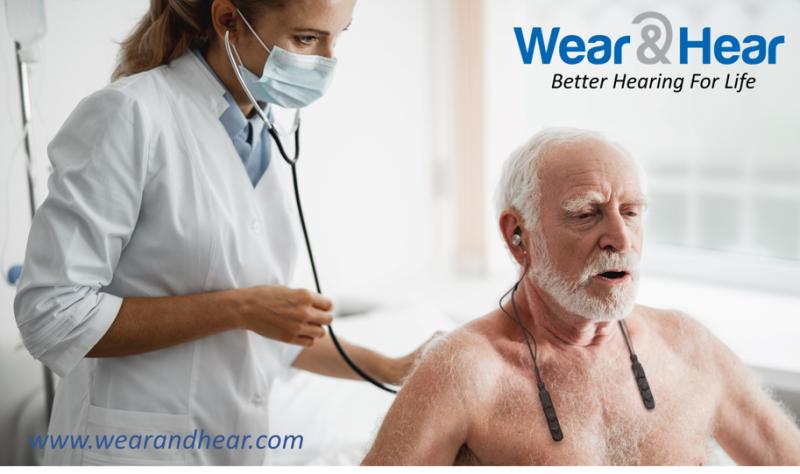
As a result, many elderly people who are admitted to hospitals cannot communicate properly. Patients with untreated hearing loss may not understand explanations of the treatment they receive, they cannot understand instructions and they may not follow the medical procedures once they discharge from the hospital because they simply did not hear them well.
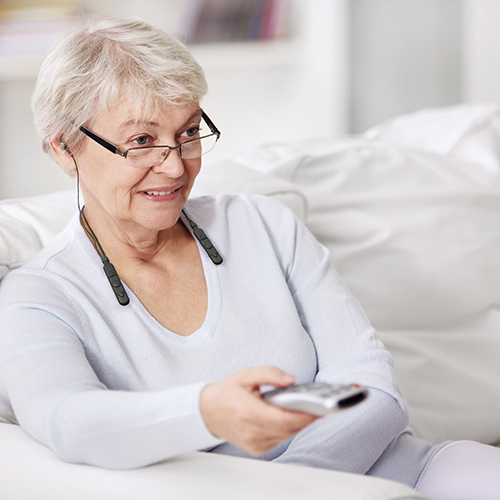
Being at home and getting medical services remotely also requires good verbal telecommunication. Understanding of questions and instructions is the key for success since when people are at home, there may be no one to monitor them. Being at home without an ability to communicate efficiently is also related to the feeling of isolation and loneliness leading to depression.
Most of hearing-impaired people could benefit from hearing amplification, but only few use it. Hearing amplification today is associated with hearing aids that, even in developed countries, are used by only 25% of those who need them. In low income countries the situation is much worse. What can we do to improve communication with hearing-impaired people?
Our company, Alango Technologies was founded in 2002 and, today, we are a leading licensor of digital voice enhancement technologies for the communication market. Improving voice communication is our bread and butter. Four years ago we decided to develop our own line of alternative, disruptive hearing amplification devices that can help people to communicate in all situations. Several of our products are on the market already and more will come soon. We call our brand Wear & Hear.
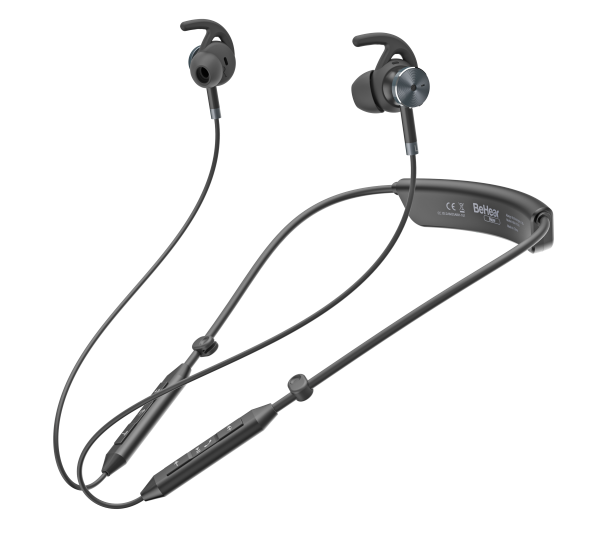
BeHear NOW is our first device that looks and works as a stylish Bluetooth stereo headset, but it is also a powerful digital hearing aid. It can work as a standalone device, but its full functionality is achieved via its smartphone application. The user performs a simple, intuitive hearing assessment. After that, all sounds are personalized for the best hearing experience in live conversations, music streaming and phone calls. During phone calls, it can even slow down the incoming voice improving its intelligibility. This makes BeHear a great tool for hearing impaired people to communicate with medical service providers.


BeHear ACCESS is similar in functionality to BeHear NOW, but it has been designed for older people. It has larger control boxes with big buttons convenient for people with dexterity problems. BeHear ACCESS also integrates telecoil receivers for use in facilities equipped with hearing loops.
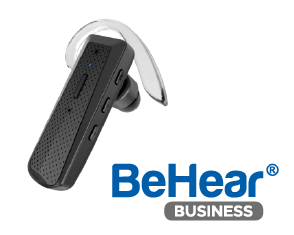
BeHear BUSINESS is a monaural personalized hearing amplifier and Bluetooth communication headset for client-facing professionals who may not feel comfortable wearing a stereo headset at work. [By the way, it is a great device for medical personal with hearing loss!]
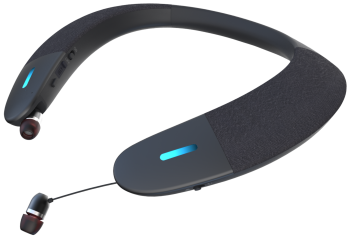
BeHear PROXY is a personalizable neck speaker for TV listening. It also works as a high-quality speakerphone with loudspeakers very close to the user’s ears. If privacy is important, it can be easily transformed into a headset and personal sound amplifier by pulling out its retractable earbuds.
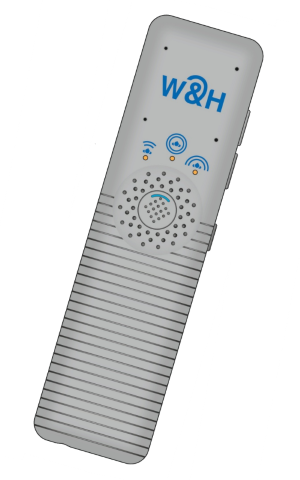
YONA is our remote microphone that can transmit voice into any of our BeHear devices, improving communication in noisy environments or over large distances.
There are multiple data today indicating that good hearing and the ability to communicate are key to good health. Our goal is to make our world sound good to all of us.
To stay current with our progress, subscribe to our newsletter.

